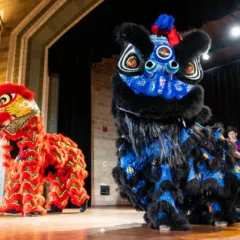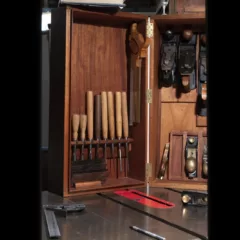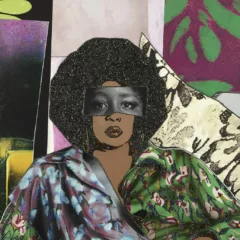As a preview of his research into the history of artist-run spaces in Philadelphia, curator Richard Torchia, head of the Arcadia University art gallery, showed slides and dredged up some not so recent history for a crowd of more than 100 eager collectivistas and collectivistos at Vox Populi.
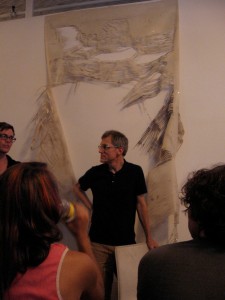
Torchia’s research is still very much in progress so he was looking for information as much as he was sharing. He handed out a draft of his working timeline of artist’s groups from the 1969 creation of the Painted Bride to the present. The whole project will be published as part of the Vox Populi 21st anniversary book. They’re hoping to publish in mid-September.
Why are we excited about this? Because “We do not have a history of Philadelphia art, let alone a history of Philadelphia artist-run spaces” said Torchia.
We in Artblog believe in archives and chronicles. That without archives and histories and chronicles you might as well not have done it. Your effort will get lost in time.
“Artists who run their own spaces have an obligation to maintain their own history.”
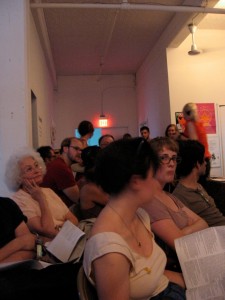
Saying that this right now is a special moment in Philadelphia’s collective groups and how there are more groups now than ever before he said the groups seem to have this in common– they start out with utopian energy. The question is how this gets sustained and developed. He didn’t have an answer to that issue but saw long-time artist groups Vox and Nexus as exemplars. He did mention that the artist groups seem to be an outgrowth of their studio practice–turning the private studio into a public space.
While mentioning Gerard Brown and Robin Rice’s Eyelevel — one of Philly’s late, lamented art publications — he said we need more full time art critics; that Brown, Rice and others typically work other jobs and only work part time on the criticism.
On criticism in general he expressed some concern about the lack of critical heft in what he was seeing in some of the contemporary group shows where democracy trumped criticality. He mentioned Vox as a group that’s risen above this by virtue of adding a critical component to who they accept as members.
Talking about the Space 1026 show at ICA in 2001 he expressed concern with the social network replacing the individual art object.
His talk was structured chronologically and most of the talk was devoted to the historical events back in the 60s, 70s 80s and 90s. While there were people from those historical groups present at the talk, there were even more artists from today’s tsunami of collectives who were eager and ready to flesh out the story.


